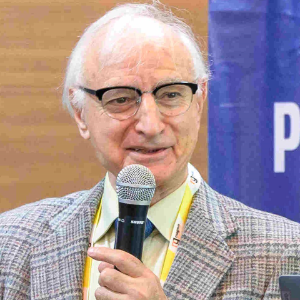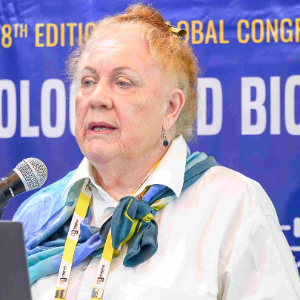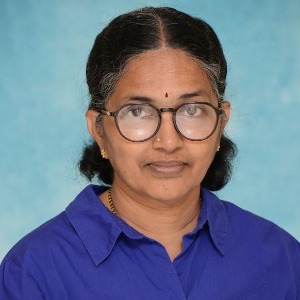Recombinant DNA Technology In Plants
Recombinant DNA technology is a powerful tool used to alter the genetic makeup of plants. It involves taking a specific gene from one organism and inserting it into the genome of another organism. This process allows researchers to manipulate the genetic makeup of plants by introducing desirable traits, such as increased resistance to disease or improved yield. The technology has been used to create transgenic plants, which are plants that have been genetically engineered to contain genes from another species. The technology has been used to create plants that are drought-resistant, pest-resistant, and more productive. It has also been used to create plants with improved nutritional value, such as high-yielding grain crops that are rich in essential nutrients. Recombinant DNA technology has revolutionized the way scientists study and manipulate the genetic makeup of plants, and it has opened up a world of possibilities for improving food production and nutrition.

Mohammad Babadoost
University of Illinois, United States
Mary Cole
The University of Melbourne, Australia
Valasia Iakovoglou
UNESCO chair Con-E-Ect, International Hellenic University, Greece
Satya S S Narina
Virginia State University, United States
Sara Hailemariam
Purdue University, United States
Midhat Mahboob
Lincoln University, New Zealand


Title : Exploring the genetic diversity in tannin-rich forages to explain the large intra species variability in tannin content
Selina Sterup Moore, Aarhus University, Denmark
Title : Isolation and functional properties of biomolecules of plants and its application
Balagopalan Unni, GEMS Arts & Science College (Autonomous), India
Title : Primed for the future: PGPR and the promise of sustainable, heritable crop resilience
Prashant Singh, Banaras Hindu University (BHU), India
Title : Revealing allelic variations in candidate genes associated with grain yield under salinity stress between two contrasting rice genotypes
Nisha Sulari Kottearachchi, Wayamba University of Sri Lanka, Sri Lanka
Title : Adaptive strategies of Aristida L. species across ecological zones of Pakistan: Linking soil characteristics with morphological and physiological traits
Iram Ijaz, University of Agriculture Faisalabad Pakistan, Pakistan
Title : Ethnobotanical survey and abundance of weeds in selected Manihot esculenta (cassava) Crantz farms in Osun state, Nigeria
Dada Caleb Mayokun, University of Ibadan, Nigeria